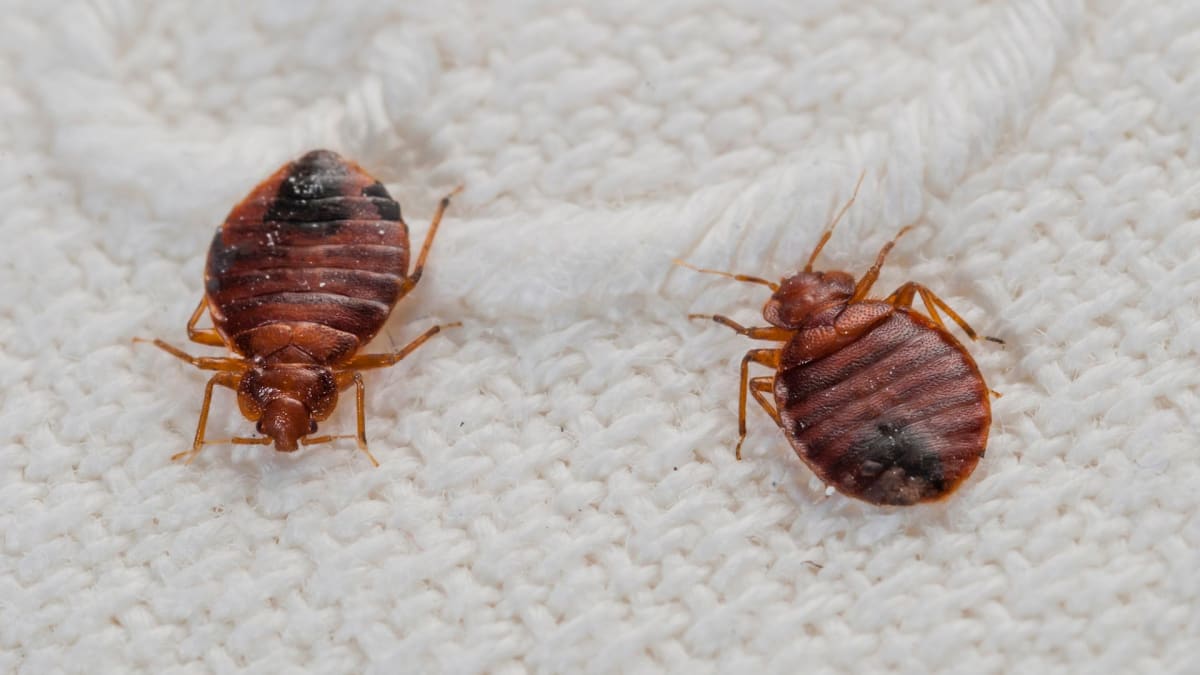Comprehending the Lifecycle of Pests for Targeted Control Techniques
Comprehending the lifecycle of parasites is a basic aspect of reliable parasite monitoring strategies. By understanding the different stages of advancement that insects go through, an extra targeted and exact strategy can be taken on to regulate their populaces. This expertise not only drops light on the susceptabilities within the pest lifecycle however also leads the method for executing strategic procedures that can interrupt their growth and reproduction cycles. With a deeper understanding of how parasites develop and flourish, tailored control approaches can be made to resolve certain factors in their lifecycle, eventually bring about more effective pest administration outcomes.
Relevance of Comprehending Bug Lifecycle
Recognizing the lifecycle of parasites is important for developing effective and targeted control approaches in pest monitoring. By understanding the various phases a pest goes with from egg to adult, pest control specialists can determine prone points in the lifecycle where treatment can be most successful.
Moreover, recognizing the certain ecological conditions required for every stage of the bug's lifecycle can assist decisions on habitat modification or exclusion techniques to disrupt the lifecycle and lower bug populaces. This understanding allows pest administration professionals to apply positive measures as opposed to depending solely on reactive therapies, leading to even more lasting and long-term bug control remedies. Ultimately, a thorough understanding of insect lifecycles empowers bug control experts to customize their techniques successfully, reducing environmental effects and optimizing control outcomes.
Secret Stages in Insect Development
To effectively implement targeted control strategies in bug management, an essential facet hinges on comprehensively recognizing and understanding the crucial stages in bug growth. Insect growth generally is composed of a number of crucial stages that are critical for their lifecycle and monitoring. The initial stage is the egg phase, where insects lay eggs that later on hatch right into larvae. Larvae after that progress into pupae, a stage where they go through metamorphosis prior to becoming grown-up bugs. Understanding these phases is crucial as it assists in determining susceptible factors in the lifecycle where control steps can be most effective.

Vulnerabilities in Insect Lifecycle
Throughout the various phases of a bug's lifecycle, distinctive susceptabilities arise that can be purposefully targeted for effective control procedures (A1 bed bug extermination houston). One crucial susceptability lies in the egg stage, where pests are usually extra at risk to particular pesticides or biological control representatives due to their soft outer covering, making them less complicated targets for treatment. Comprehending these susceptabilities in the insect lifecycle is essential for establishing exact and effective control approaches that effectively manage parasite populations while decreasing environmental influence.
Carrying Out Targeted Control Actions

Executing targeted control steps generally entails a multi-faceted strategy. This might include habitat alteration to make the atmosphere less welcoming to insects, such as removing standing water for insect control or sealing access points for rodents. Furthermore, biological control methods can be made use of, where all-natural predators or virus are introduced to maintain parasite populations in check.
Chemical why not try here control, such as the mindful application of chemicals, is an additional typical approach. It is essential to utilize these substances sensibly to reduce environmental impact and prospective injury to non-target species - A1 bed bug removal houston. Integrated Bug Management (IPM) approaches that integrate different control steps in a worked with and lasting way are often the most effective in attaining lasting pest administration goals. By implementing targeted control measures based upon an extensive understanding of pest lifecycles, insect populaces can be properly managed while decreasing risks to human health and the atmosphere.
Boosted Parasite Management Practices

In addition, the incorporation of biological control representatives, such as all-natural predators or virus of pests, can help reduce dependence on chemical pesticides and advertise a more balanced community. Executing physical obstacles and traps can likewise belong to improved insect administration practices, offering safe and targeted solutions for pest control. Additionally, using pheromones and various other semiochemicals can interfere with pest breeding patterns and communication, causing reduced bug populaces gradually.
Conclusion
In conclusion, recognizing the lifecycle of pests is critical for efficient parasite management approaches. By recognizing essential phases in pest development and susceptabilities in their lifecycle, targeted control procedures can be applied to minimize bug populaces. Improved insect management techniques can help in reducing the dependence on broad-spectrum chemicals and advertise more sustainable and ecologically pleasant bug control methods. This understanding plays an essential duty in maintaining healthy ecological communities and agricultural productivity.
Recognizing the lifecycle of insects is essential for establishing reliable and targeted control strategies in pest administration. By understanding the numerous phases an insect goes through from egg to grownup, pest control specialists can determine vulnerable points in the lifecycle where intervention can be most effective. Inevitably, description a complete understanding of pest lifecycles empowers insect control practitioners to tailor their approaches successfully, reducing environmental effects and taking full advantage of control end results.
By applying targeted control measures based on a detailed understanding of bug lifecycles, pest populaces can be properly regulated while lessening dangers to human health and the environment.
By recognizing essential stages in bug growth and vulnerabilities in their lifecycle, targeted control measures can be applied to reduce bug populations.